We have had a fun few weeks in Darling, Amazon and Rhine recently!
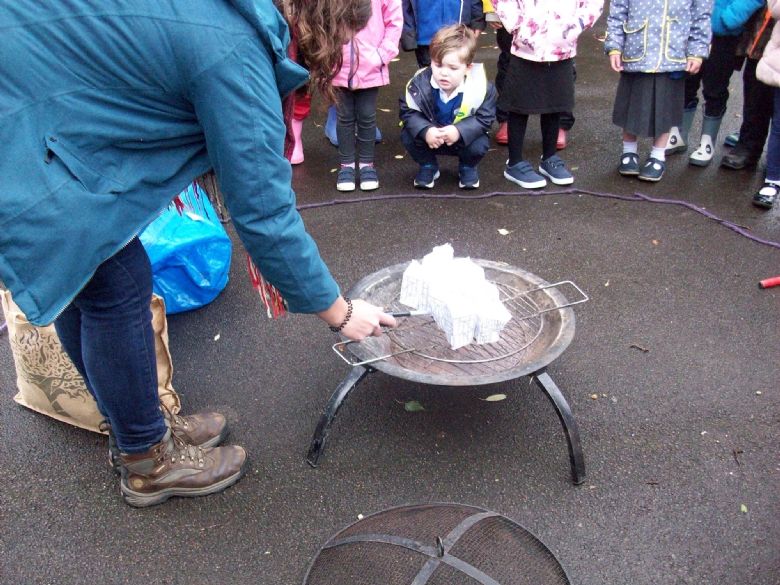 Last week, Darling and Amazon Classes joined forces for a fun fire packed morning! We conducted experiments to determine which materials were the most fire resistant, linking in with Amazon Class' topic - The Great Fire of London.
Last week, Darling and Amazon Classes joined forces for a fun fire packed morning! We conducted experiments to determine which materials were the most fire resistant, linking in with Amazon Class' topic - The Great Fire of London.
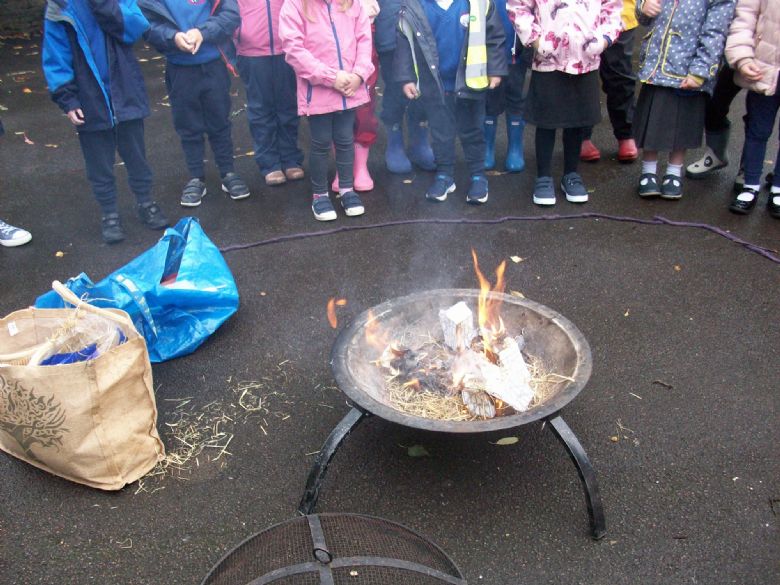 We tested materials using a fire pit. We made sure that we were all at least 1m away from the fire, behind a safety rope. The week before, Amazon Class had made paper Tudor houses, representing the most common houses found in London in 1666, when the Great Fire broke out. We added straw (for the wattle and daub) and sticks (for the timber beams) to make our experiment more in-keeping with real Tudor houses. We then made predictions about which materials would burn and which would not.
We tested materials using a fire pit. We made sure that we were all at least 1m away from the fire, behind a safety rope. The week before, Amazon Class had made paper Tudor houses, representing the most common houses found in London in 1666, when the Great Fire broke out. We added straw (for the wattle and daub) and sticks (for the timber beams) to make our experiment more in-keeping with real Tudor houses. We then made predictions about which materials would burn and which would not.
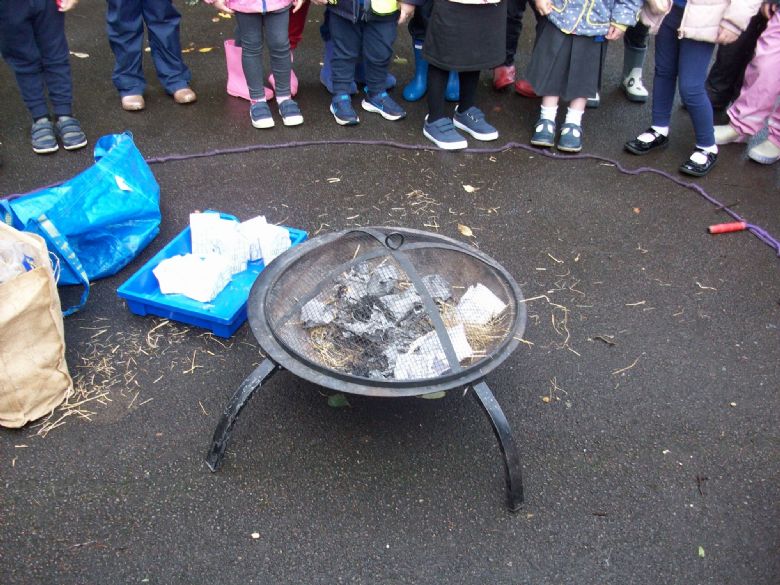 We all thought the houses would burn, but that metal and stone would not. We discovered that, whilst we were right, stone actually stopped the fire from spreading and so was the more suitable material for fire resistance.
We all thought the houses would burn, but that metal and stone would not. We discovered that, whilst we were right, stone actually stopped the fire from spreading and so was the more suitable material for fire resistance.
This week, Rhine and Amazon visited the woods together. Amazon went to the Darling area, Rhine went to the Nile area (perhaps it is time for new area names!)
First, we spotted a female Roe deer fleeing the woods! See if you can spot the deer below!
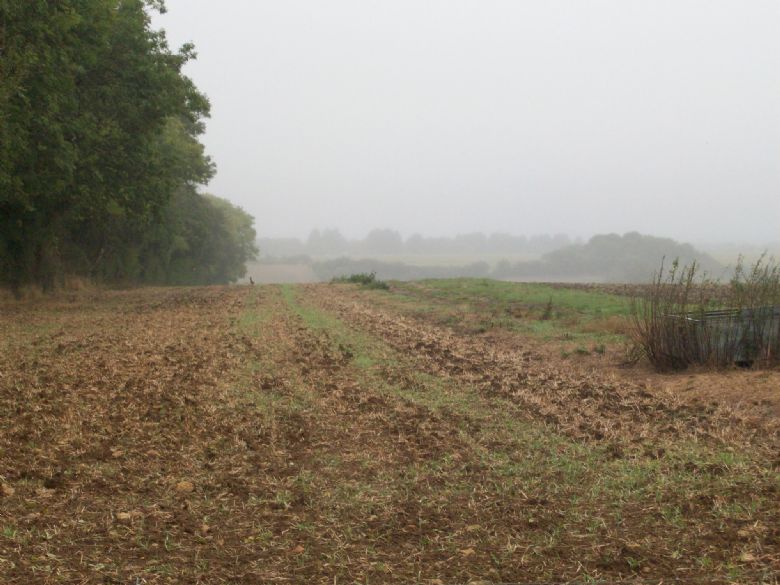
It was quite far away by the time Mrs Todd remembered to take a photo!
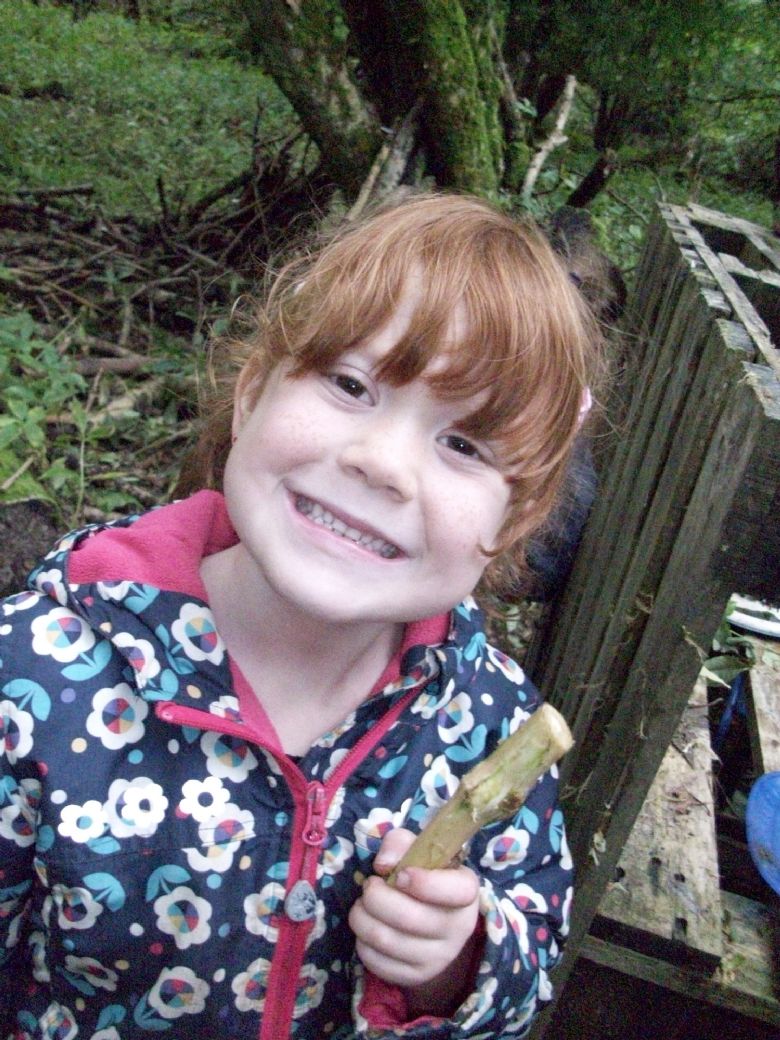 After this, Amazon spent today learning wood whittling skills as part of our woodland skills progression. We used elder branches to make some beaded necklaces and bracelets.
After this, Amazon spent today learning wood whittling skills as part of our woodland skills progression. We used elder branches to make some beaded necklaces and bracelets.
First, we had to peel all the bark off the elder. This was easy if the branch was a young shoot, but tricky if it was old and some of us had to rub our elder branches on rough tree trunks or use tools to remove the bark.
Once the bark was removed, Mrs Todd cut up our branch into smaller bits - beads. Elder is very good for making beads because the pith in the middle of the branches is very soft and can be pushed out with a stick to leave a hole for threading onto necklaces. The pith is made up of the xylem (for transporting water) and the phloem (for transporting sugars.)
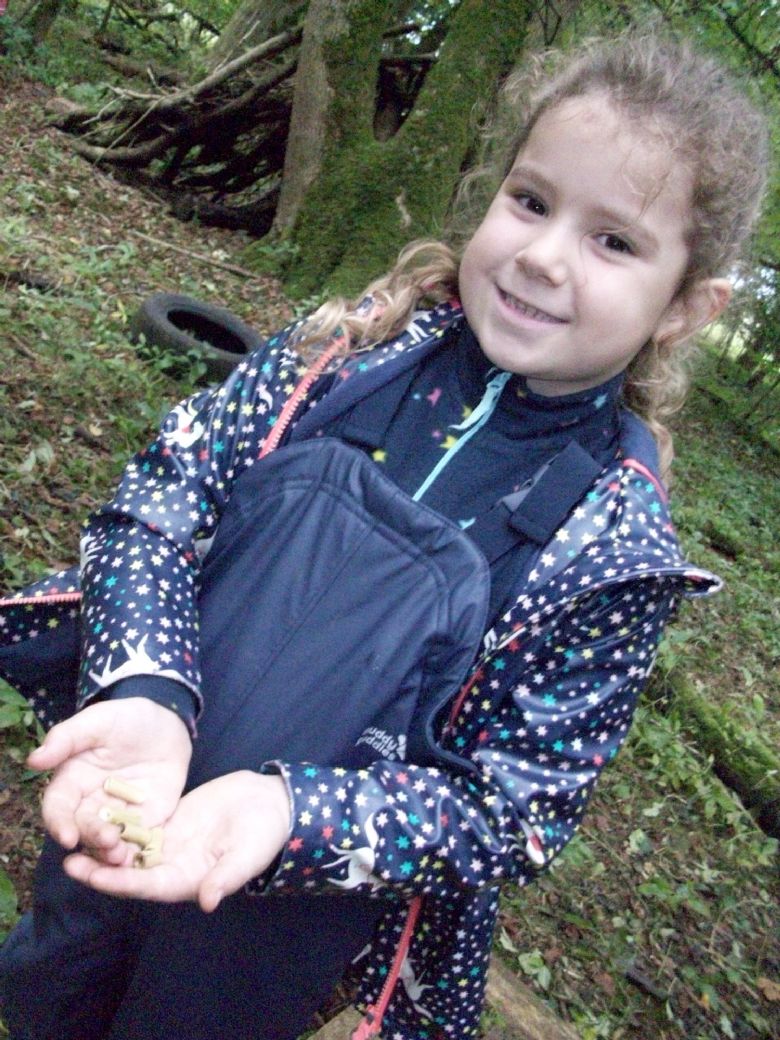 After our beads were cut, we found sticks and pushed out the pith to make our beads. This should have been easy, but it was really hard! All the sticks were damp and so kept bending and breaking. Eventually thought, we realised that sticks growing on trees were very effective and made our beads.
After our beads were cut, we found sticks and pushed out the pith to make our beads. This should have been easy, but it was really hard! All the sticks were damp and so kept bending and breaking. Eventually thought, we realised that sticks growing on trees were very effective and made our beads.
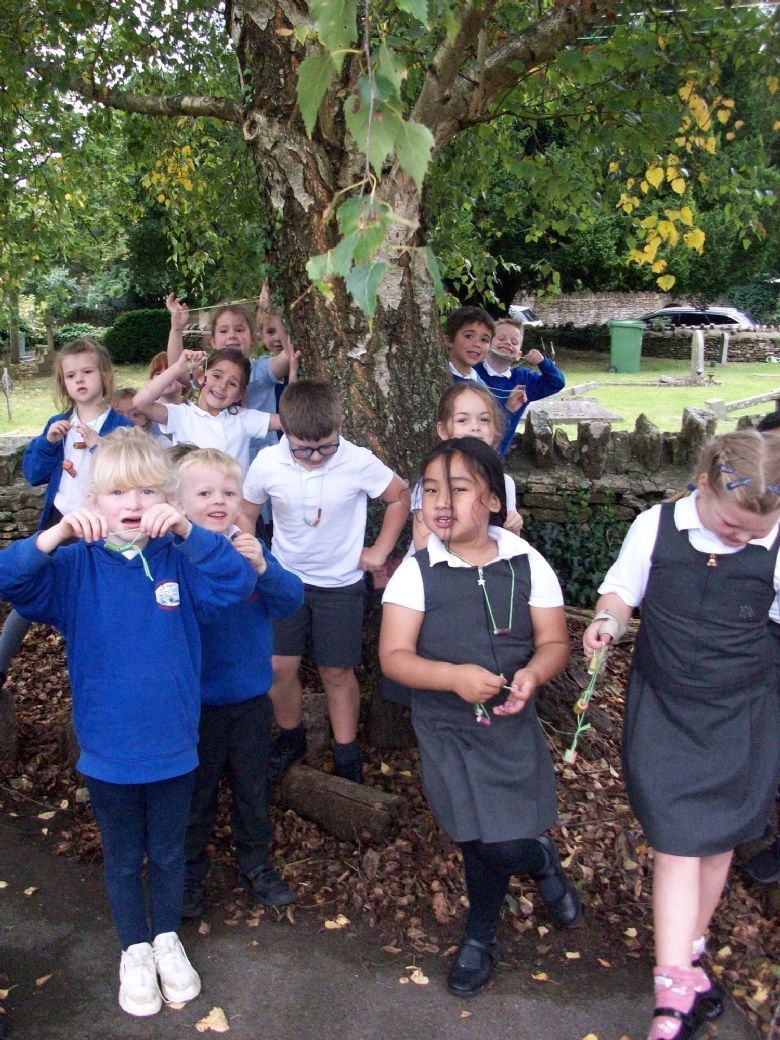 Back at school we decorated them. We learnt to work with others today and to keep trying even when something is hard. We also learnt how to solve problems and find solutions. These are skills we will develop each term when we try new woodland skills.
Back at school we decorated them. We learnt to work with others today and to keep trying even when something is hard. We also learnt how to solve problems and find solutions. These are skills we will develop each term when we try new woodland skills.
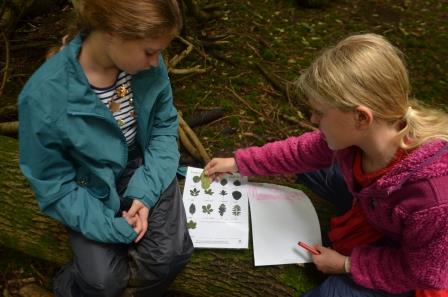 Rhine had a super nature, maths and water cycle packed morning of fun at the woods. They observed different habitats, species and natural textures as part of their science curriculum, taking tree rubbings and using identification guides to classify different plants and animals.
Rhine had a super nature, maths and water cycle packed morning of fun at the woods. They observed different habitats, species and natural textures as part of their science curriculum, taking tree rubbings and using identification guides to classify different plants and animals.
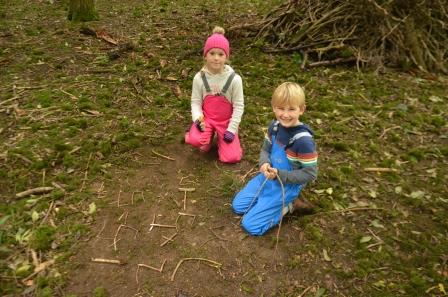 After this, they applied their knowledge of times tables to create missing number calculations. They also used algebra to create maths problems, using sticks and leaves to create these. What a fun and memorable way to learn maths!
After this, they applied their knowledge of times tables to create missing number calculations. They also used algebra to create maths problems, using sticks and leaves to create these. What a fun and memorable way to learn maths!
We have had two super weeks working collaboratively for outdoor learning and we cannot wait to do this again and keep enriching our learning experiences in this way!
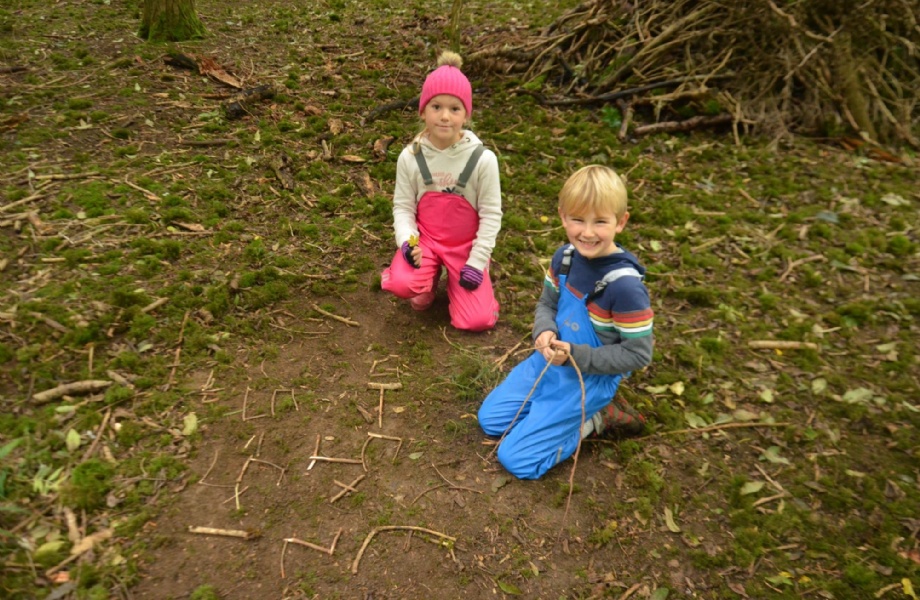










Leave a comment